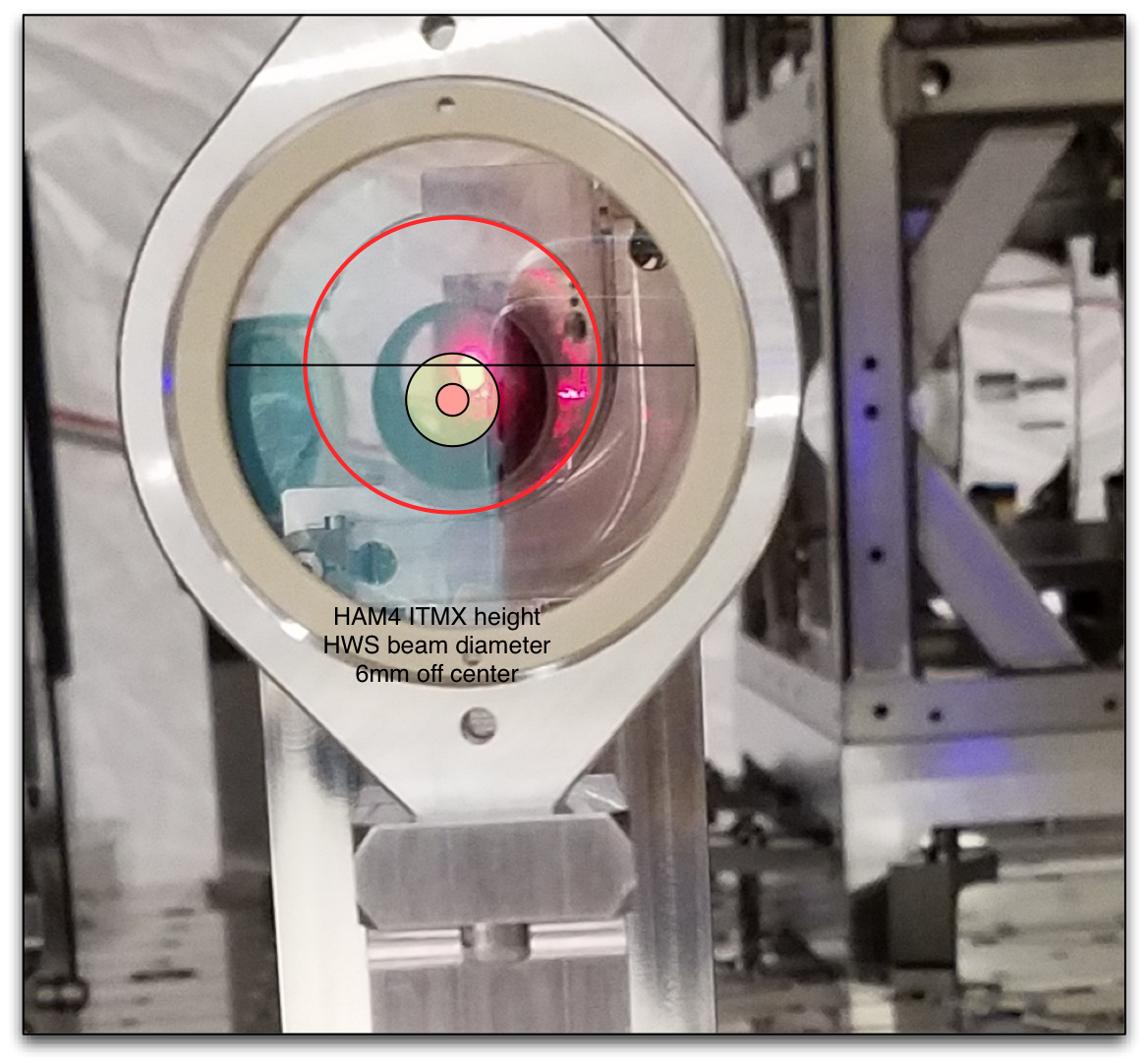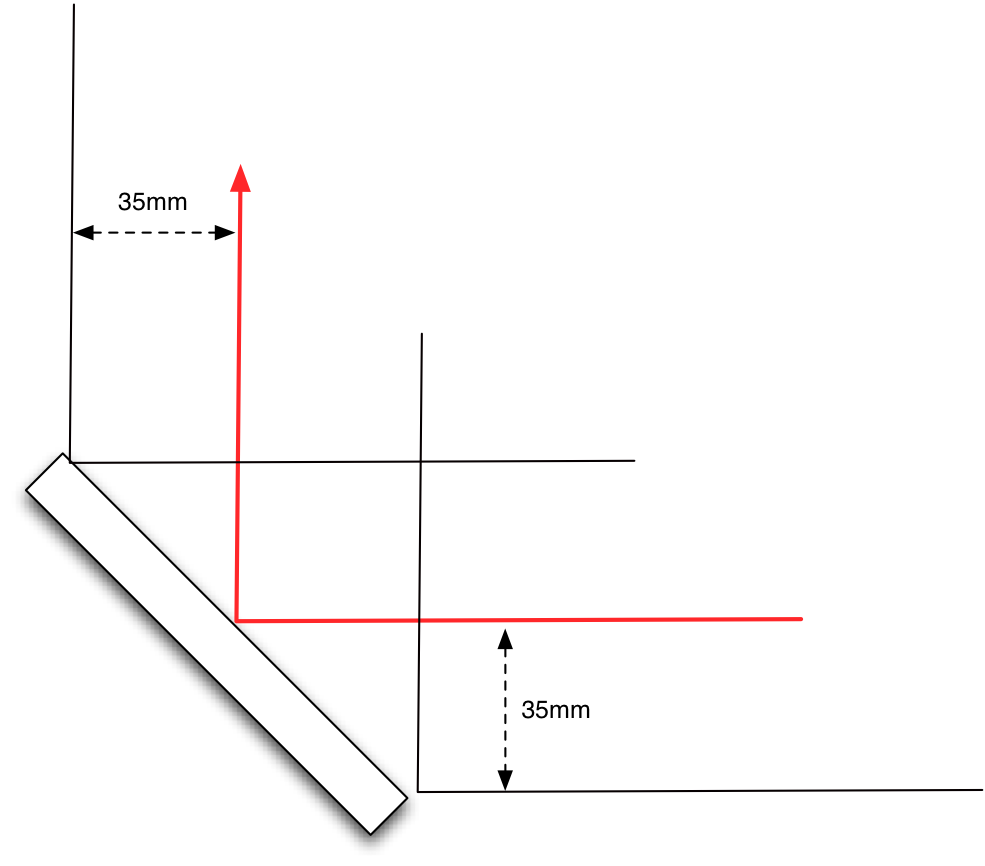(Corey, Keita, TJ)
Yesterday (Mon), I gathered (4) HR mirrors for installation into Squeezer Tip Tilts (These are E040516iLIGO E040516's). I basically applied First Contact (on both sides of all optics) & left them over night. Unfortunately, this morning after TJ & I removed the First Contact, the HR surfaces didn't look very clean. Keita came to put a second pair of eyes on them, and also felt they were not acceptable. So, he applied First Contact to them + the remaining other (3) spares for a total of (7). Documents say they should cure for atleast 4hrs before removing FC, but Betsy said they are generally good after an hour. So in the afternoon, we removed the FC and inspected. Out of the (7) Keita worked on, (2) of them were OK/acceptable. So we are going to go ahead and use these for the HAM5 &6 Tip Tilts.
(The other E040516's were photographed by Keita. We probably no longer have any usable spares....other than 3IFO.)
Keita took the (2) acceptable mirrors, cleaned their not-grounded (i.e. clear) barrels with Acetone and then reapplied First Contact on the optics for their installation/transport.
The plan is to install one or both of these in the Tip Tilts tomorrow (Wed).








































